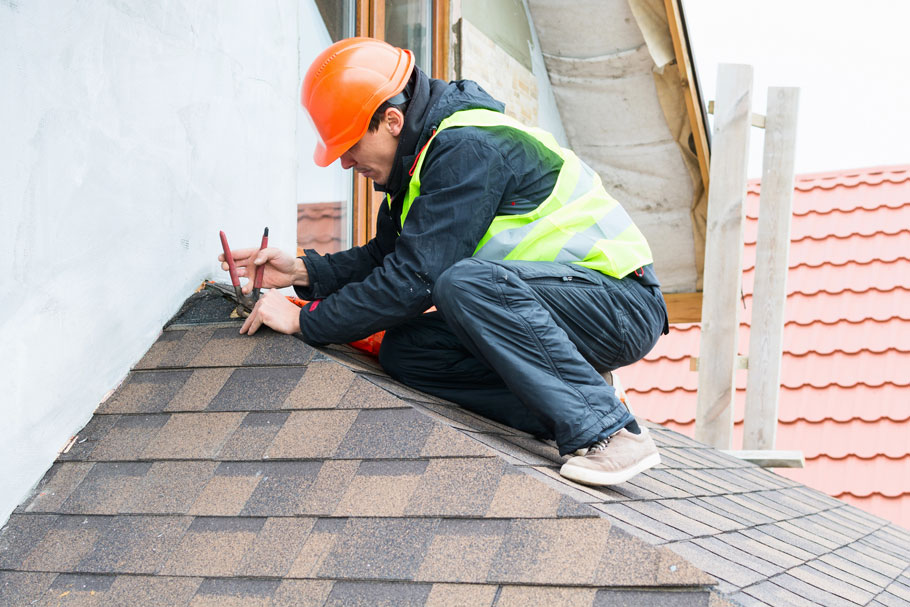A sturdy roof is a cover, a shelter, and your home’s first line of defence. But when issues arise, they often go unnoticed until it’s too late. Delaying repairs can lead to expensive damage, not just to the roof but to the structure beneath it. If you’re unsure whether it’s time to call in a pro, here are five warning signs you shouldn’t ignore.
Visible Leaks or Water Stains
Water dripping from the ceiling is an obvious red flag. But even subtle water stains on the walls or ceiling are signs your roof is compromised, often indicating the need for professional residential roofing in Auckland. These stains usually appear as brownish rings or spots. They may be dry now, but they point to a leak that’s already happened, or still happening.
Moisture doesn’t just ruin paint or plaster. Over time, it can lead to mould growth, wood rot, and weakened insulation. Don’t wait for a full-blown leak. If you spot a stain, act fast. The source might be small, but the damage can grow quickly.
Shingles That Are Missing, Curling, or Cracked
Shingles play a key role in protecting your roof. When they start to fail, the rest of the roof becomes vulnerable. Look for missing sections, curled edges, or cracks. These are signs that your shingles are reaching the end of their life.
Strong winds, intense sun, or even poor installation can speed up shingle damage. If you notice granules from the shingles collecting in your gutters, that’s another sign of deterioration. Once the shingles lose their protective coating, they can’t do their job effectively.
Don’t assume a few damaged shingles aren’t a big deal. They can quickly lead to leaks and further structural issues.
Sagging Roofline
Your roof should have a straight, even profile. If you see sagging in the middle or along the edges, that’s a serious concern. A sagging roofline often signals structural trouble. It might be due to water damage, rot, or issues with the underlying decking.
Left unattended, a sagging section can collapse under the weight of water, snow, or even the roofing materials themselves. If you spot any unusual dips, it’s time to investigate what’s going on underneath.
This isn’t a cosmetic issue. It’s a structural red flag that demands immediate attention.
Moss, Algae, or Mould Growth
While moss might give your roof a rustic charm, it’s anything but harmless. Moss retains moisture against the surface, which can slowly degrade shingles. Algae and mould are also problematic, especially if they spread beneath the surface.
These organisms thrive in damp, shaded areas. If your roof has poor drainage or limited sunlight, it becomes the perfect environment for growth. Over time, this trapped moisture can cause leaks or lead to wood rot in the roof deck.
Regular cleaning helps, but if the growth is extensive, you may be dealing with deeper issues. It could be a sign that your roof’s ventilation or drainage system isn’t doing its job.
Sunlight in the Attic
You shouldn’t see daylight streaming through the attic boards. If you do, there’s a breach somewhere in your roofing system. Even a small gap can lead to big problems, especially when rain, snow, or pests enter through the opening.
During the day, go into your attic and turn off the lights. If you see slivers of light coming through, your roof may have cracks or holes. While it may not be leaking yet, that open pathway can turn into a costly repair if left alone.
Attic inspections are a smart way to catch problems early. They give you a peek at what’s happening above before damage filters down into your living space.
Final Thoughts
Your roof isn’t something you check every day, but it shouldn’t be forgotten either. Small issues can spiral into major repairs if ignored. These five signs: leaks, damaged shingles, sagging, moss, and visible daylight, are your early warning. Spot them early, and you can avoid much bigger headaches down the road.
If you notice any of these symptoms, don’t wait. Schedule an inspection and tackle the issue head-on. When it comes to your roof, prevention is always cheaper than repair.






